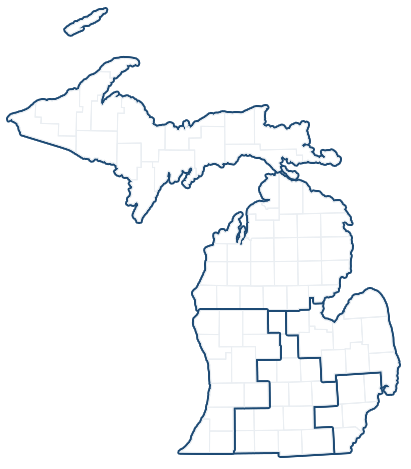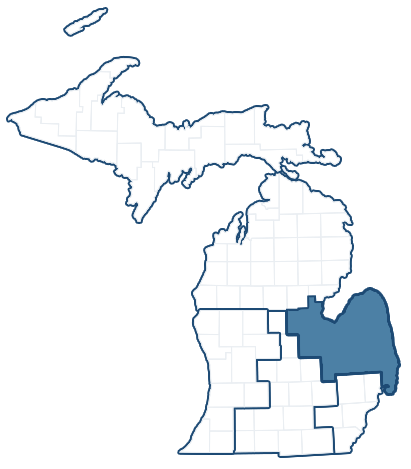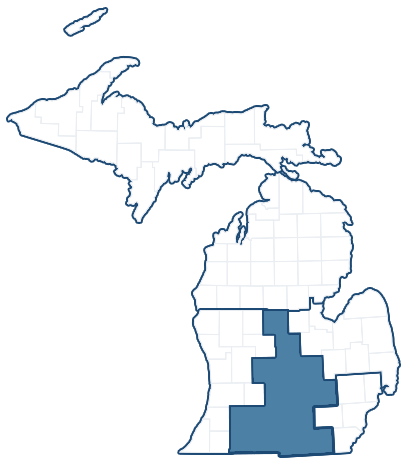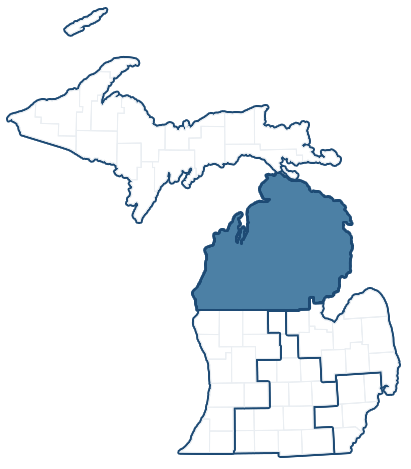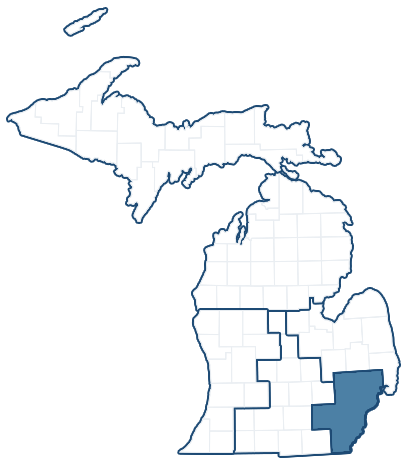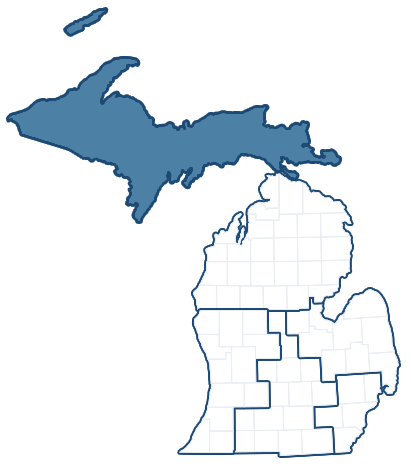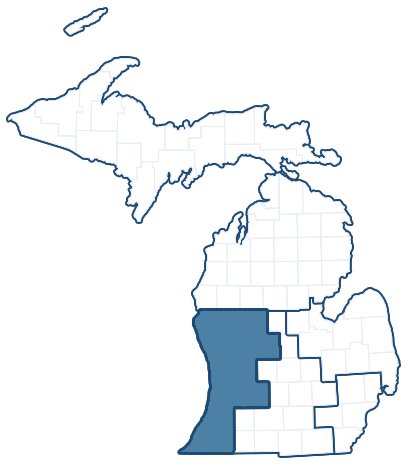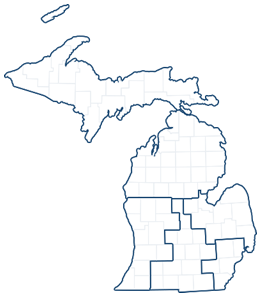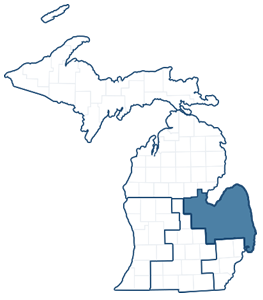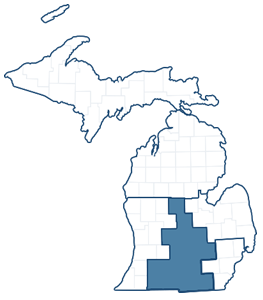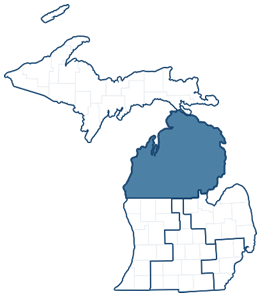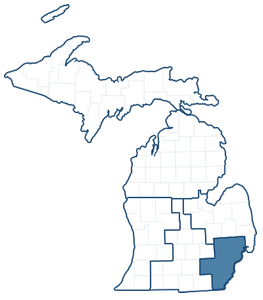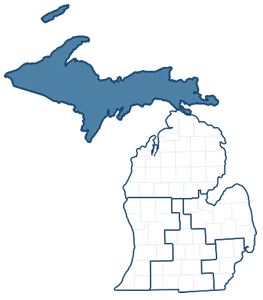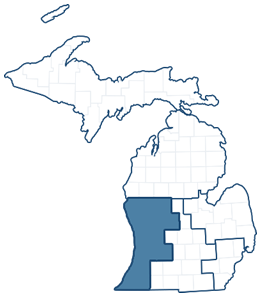Senator Stabenow Calls On Agriculture Secretary to Take Immediate Action to Help Improve Water Quality in Lake Erie
Friday, July 31, 2015U.S. Senators Debbie Stabenow (D-MI), Ranking Member of the U.S. Senate Committee on Agriculture, Nutrition and Forestry, and Senators and Committee members Sherrod Brown (D-OH) and Joe Donnelly (D-IN) today called on Agriculture Secretary Tom Vilsack to encourage states, businesses, universities, and organizations to work together to help improve water quality in the Western Lake Erie Basin. These partnerships will help stop another algae bloom - like the one contaminated drinking water in Southeast Michigan last summer - from forming and expanding in Lake Erie. Just last week, the National Oceanic and Atmospheric Administration found evidence of a bloom near the Lake Erie Islands, which are about 40 miles off Michigan's coast.
The letter reads in part: "In order to address these important issues, we must take comprehensive actions now that fully engage all stakeholders. We recognize that reducing the frequency and magnitude of harmful algal blooms is long-term problem that requires a long-term solution, but that does not reduce the urgency of taking aggressive action in the near-term. No group understands the importance of water and soil more than our nation's farmers and producers. While there is no silver bullet that will resolve this crisis, we know that working together and sharing knowledge will help develop broad strategies capable of making a large impact on the quality of our water."
Senator Stabenow has supported programs and research across Michigan that will help prevent these harmful algae blooms and ensure our families have safe, reliable drinking water. Her 2014 Farm Bill is the most significant conservation legislation in generations. Earlier this year, Senator Stabenow announced $17.5 million through the Farm Bill's Regional Conservation Partnership Program to help farmers implement conservation practices to reduce phosphorus and sediment runoff into the western Lake Erie basin and reduce toxic algae blooms.
This letter to Secretary Vilsack also requests that the USDA releases additional Environmental Quality Incentive Program funding to aid farmers who want to plant cover crops, which helps prevent phosphorous and nitrogen runoff into Michigan's lakes, rivers, and streams.
The full letter to Secretary Vilsack follows.
July 31, 2015
The Honorable Thomas J. Vilsack
Secretary
U.S. Department of Agriculture
1400 Independence Ave. SW
Washington, DC 20250
Dear Secretary Vilsack:
As members of the Senate Agriculture Committee and authors of the 2014 Farm Bill, we know the importance of agriculture to the economies of Michigan, Ohio, and Indiana. In addition, as Senators representing the three states that comprise the Western Lake Erie Basin (WLEB), we also know the importance of water quality for maintaining our way of life in the Great Lakes region.
Unfortunately, scientists and other experts predict that this summer could have the second largest algal bloom on record in Western Lake Erie. And just last week, the National Oceanic and Atmospheric Administration (NOAA) found the first evidence of a bloom off the coasts of several Lake Erie Islands. Considering that 1.5 million jobs are directly connected to the Great Lakes and the fact that millions more rely on Lake Erie for drinking water, our constituents and our economy cannot afford to have disasters on this scale summer after summer.
In order to address these important issues, we must take comprehensive actions now that fully engage all stakeholders. We recognize that reducing the frequency and magnitude of harmful algal blooms is long-term problem that requires a long-term solution, but that does not reduce the urgency of taking aggressive action in the near-term.
No group understands the importance of water and soil more than our nation's farmers and producers. While there is no silver bullet that will resolve this crisis, we know that working together and sharing knowledge will help develop broad strategies capable of making a large impact on the quality of our water. That is why we made conservation such a focus in the 2014 Farm Bill.
The 2014 Farm Bill represents the largest investment yet in the conservation of private working lands critical to maintaining clean water, clean air, wildlife habitats, forests and other natural resources. We expanded the role of partnerships through the new Regional Conservation Partnership Program (RCPP), so that farmers can team with university researchers, the private sector, conservation organizations and all levels of governments to find creative solutions to improving water quality.
As the first year of the RCPP kicks off, we recognize the historic investment made by USDA in improving Lake Erie water quality through the Tri-State Lake Erie Phosphorus Reduction Initiative. In addition to RCPP and regular program funding administered by the Natural Resources Conservation Service (NRCS) and the Farm Services Agency (FSA), we also know that USDA utilizes funding from other federal agencies, including the Great Lakes Restoration Initiative, to incentivize farmers to adopt voluntary conservation practices in this region. However, we know that these programs cannot be successful in improving water quality without sufficient scale and participation from farmers and ranchers.
Our goal is to ensure that our farmers, producers, and landowners remain committed to being part of the long-term solution to this problem, and we want to give them the tools to continue be the best, most productive, stewards of their land. In order ensure the historic investments made through the Farm Bill and other federal initiatives are successful, we ask that USDA identify both short- and long-term strategies for improving water quality in the Western Lake Erie Basin using these programs and your existing authorities. Part of this strategy should ensure that federal programs are coordinated and utilized effectively with robust participation from state and local government, agriculture leaders, and conservation partners. The strategy should also consider ways to partner with the private sector to incorporate and promote the use of new technology, including LiDAR and digital imagery, to help increase the adoption of precision conservation practices.
Further, in light of significant rain in large portions of the WLEB that have resulted in tens of thousands of acres going unplanted, we urge you to release additional funds through the Environmental Quality Incentives Program (EQIP) to provide for the planting of cover crops in the region. Last August, USDA worked with producers in Ohio to provide an additional $3 million in EQIP funding to reduce phosphorous and nitrogen runoff. In light of the significant acreage that will go unplanted this growing season, we believe it is imperative for USDA to once again provide additional funds to the FSA and NRCS offices already working in the watershed.
We all have a stake in solving this problem, and we look forward to working with you on specific ways we can move forward in the Western Lake Erie Basin.
Next Article Previous Article



